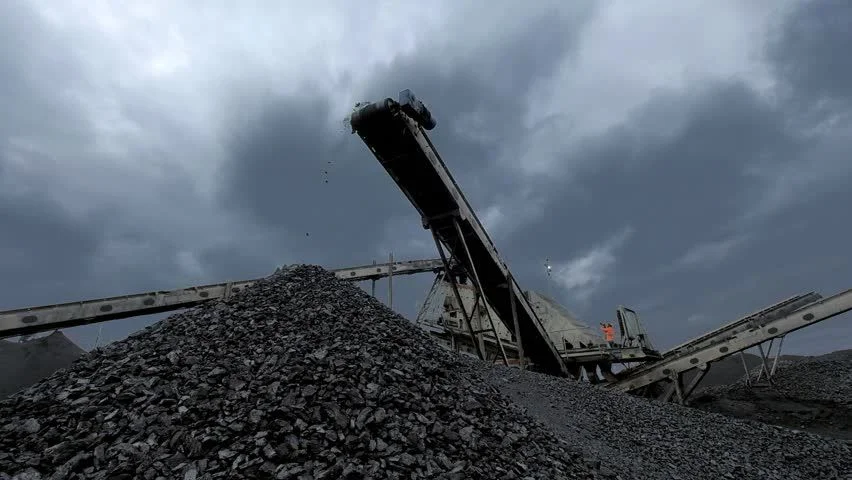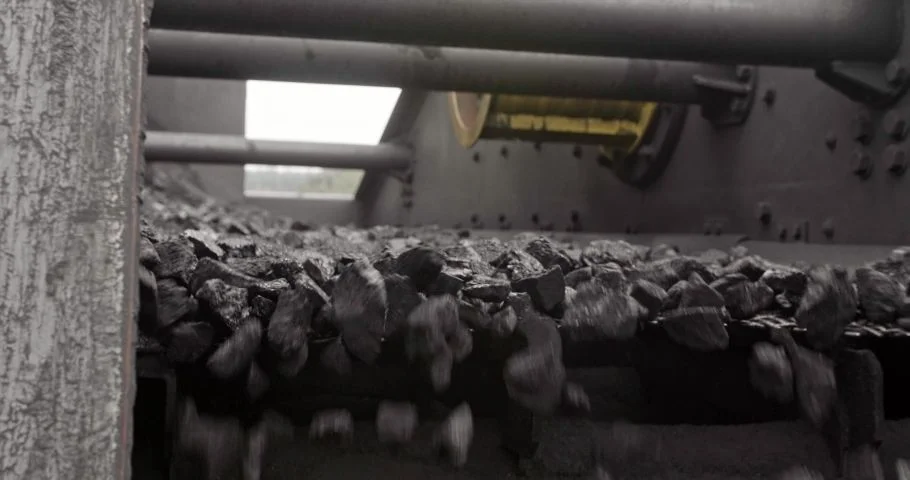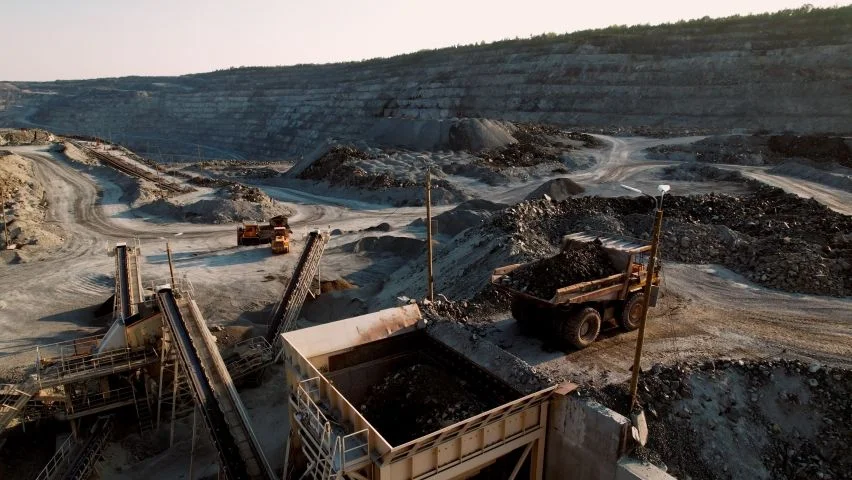Our Activities

Keep Electrical Safety in Mind
Like most other job sites, mines use power tools, lights and other electrical equipment, which need electricity. Sending electricity through these locations and transporting machines litter the space with extension cords and wires.
These cords and electronics in damp mines can raise the risk of electrocution or electric shock, but maintaining electrical safety can protect workers from the hazard. Grounding the system, incorporating resilient cords and insulating the connections can manage the currents.
You can also bundle the cords to prevent tangling and move them out of walkways to avoid tripping.
Implement Rock Burst Prevention Measures
Environmental changes and man-made blasts can shift rocks and dislodge large pieces from rock walls. Falling rock can strike workers and induce serious injuries, so it’s beneficial to set up protective systems. Fastening anchors and barriers in vulnerable areas can hold back fragments to protect miners.
On the outskirts of a site, ditches and berms can soften the descent of dropping rocks in surface projects. However, bolting, scaling and barring the overhanging rock faces can serve as early deterrence. Attaching steel mesh draping or mats to the sides of the mine could also intercept stray chunks of rock.
Manage Vibration and Noise Levels
Controlled explosions in quarrying reverberate through the earth and emanate loud sounds, and powerful mining machinery also add elements of vibration and noise.
Strategic drilling can ease the tremors, especially in techniques where buffer holes are inserted in advance. Millisecond blasting can delay the explosions slightly with a series of holes to reduce the intensity of sound and shaking.
Suppression supports can take the noise down to an appropriate level. Blast mats can absorb the force from the detonation and help contain strong emissions of gas.

Take Advantage of Professional Training and Refreshers
After learning the routine, workers can start to feel comfortable in their roles, but they can also forget vital procedures. Their caution can wane as they settle into the routine. Reminders about the regulations from supervisors and coworkers can create a sense of accountability. Refresher training courses can also help you to go through the process with confidence.
The right procedure for mining can equip miners to handle surprises and variations. Knowledgeable miners can push the industry forward in safety measures.
Cave-Ins
Cave-ins have been a prevalent accident in mining operations for years, and they can be fatal. Weighing the likelihood of collapses in different scenarios can develop awareness in mining crews.
While cave-ins can happen without warning, workers can methodically complete their duties without cutting corners. Compliance with mining regulations and attentiveness can keep workers from getting trapped.
Tracking emerging technology for mining can also amplify safety and strengthen subsurface structures. Devices that can pinpoint
liabilities early can help crews deal with the risks right away.
Prepare for the Possibility of Slips and Falls
Miners frequently stumble or fall from high places, and people can travel down several feet onto hard surfaces due to lengthy shafts.
Workers can also slip on liquid, mud or loose rock while walking, but high-traction footwear can give you a better stance on uneven ground. Sizable work boots might affect your gait, but they can keep you upright.
Toppling off ladders is another possibility, and ladder-securing equipment could solve it. Underground mining uses fixed ladders, and safety belts and lines can draw workers back if they end up slipping on far-reaching shafts. Surface mining branches out to other types, but toe clearance and strong materials are requirements across the board.










